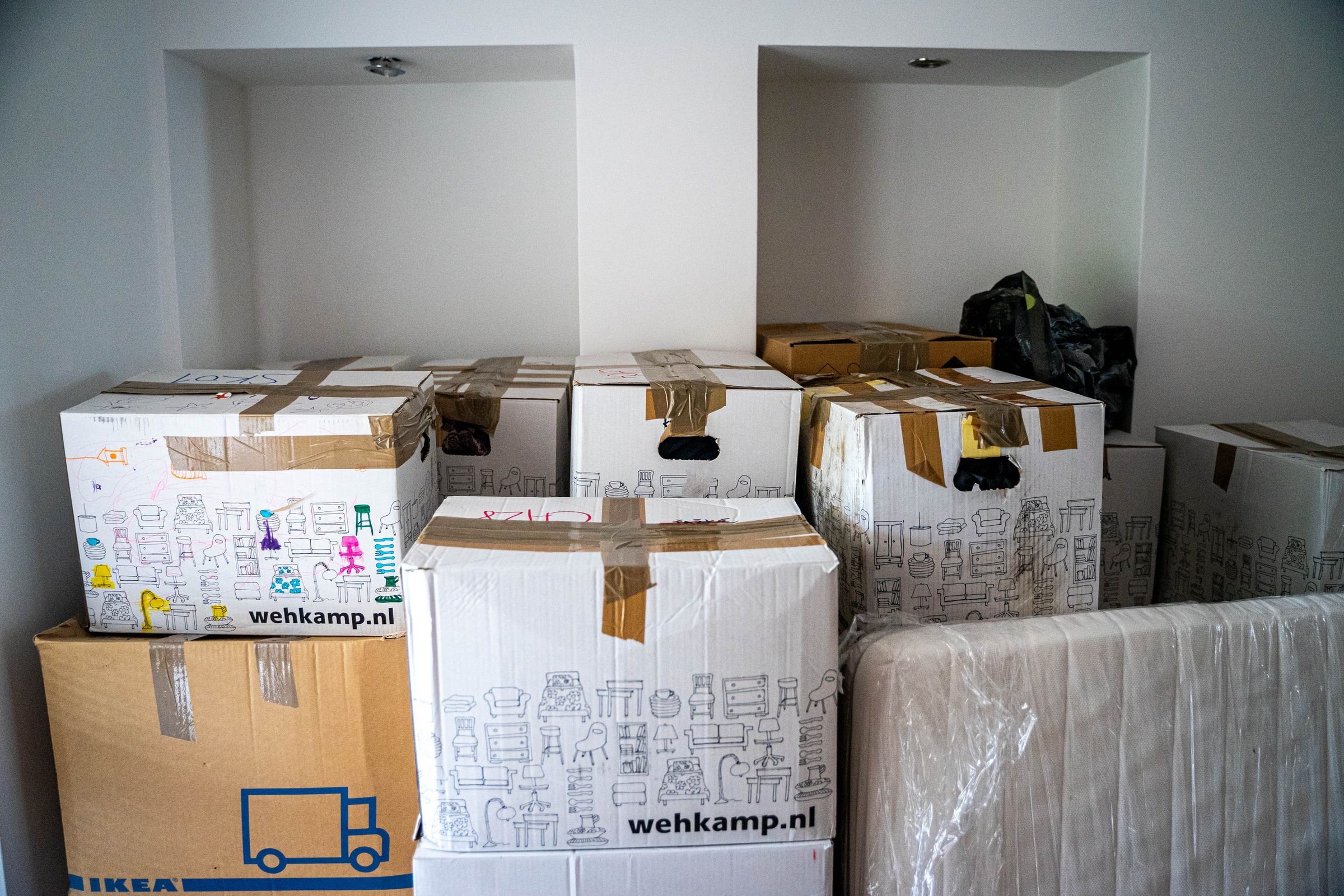
Long-Term Care vs Assisted Living
The main difference between long-term care and assisted living is the level of independence a senior can sustain on a daily or weekly basis. Assisted living facilities usually provide one or two built-in care options for residents, while long-term care homes offer far more rigorous, 24-hour supervision and support for seniors.
Another differentiator between the two is the base-level cost associated with either option. With recent reports indicating that long-term care costs will balloon to $71B by 2050, prospective residents and their families can expect to see local options get progressively more expensive over time. That said, assisted living can also pile up additional costs due to the number of care options that require external professional help.
Also, the financial and psycho-social impact of long-term care will vary from individual to individual based on the length of stay. The average length of a long-term care home stint for Canadian seniors is around 18 months, a period that can lead to a transition into an assisted or independent living situation if deemed safe and appropriate.

Long-Term Care | What to Look out for when You Visit
When you and your family are ready to select a long-term care living arrangement that suits your needs, it’s crucial to obtain all relevant information and ask any questions you deem necessary.
During the process of choosing a care home, always ask for the following:
- The facility or company brochure (many places have a digital version available on their website)
- A copy of a resident or tenant contract, including a cost breakdown as well as the terms and conditions
- Details on the facility’s waiting list procedure and, if there’s already an active list, how long the waiting period is
Once those preliminary steps are complete, the next step to pursue any attractive options is an in-person or virtual visit to the facility. Ideally, seniors should visit the facility with a family member or a close friend.
When visiting a retirement home in-person or virtually, keep the following questions in mind:

Long-Term Care | Moving In
Once you’ve settled on a long-term care facility, it’s time to move forward with the transition process and focus on the move-in.
This part of any senior’s journey can be nerve-wracking for both them and their loved ones. Be sure everyone involved with the transition communicates clearly and frequently with another and the key members of the facility’s management team.
During the packing process, use this checklist as a guide:
- Clothing: Pack enough for two weeks that will last in between laundry days. Include clothes for day-to-day living, social and fitness activities, and other specialized events. These items encompass comfortable tops and bottoms, coats for both mild and cold days, sleepwear, slippers, indoor shoes, outdoor shoes, robes, underwear, socks and/or tights, activewear, hats, scarves, and gloves.
- Personal hygiene: Take all the products that will make you feel more at home in your new space. These can include prescription medicine, supplements, soap, shampoo and conditioner, makeup, perfume or cologne, toothbrush, toothpaste, deodorant, body lotion, moisturizer, shaving products, and more.
- Bedding: Bringing your own bedding can make you feel more at ease, especially if you have a specific personal preference. For example, you may want to bring your own blanket, comforter, throw, pillow, and pillowcase.
- Electronics: Bring all the essentials like a smartphone, tablet, computer, TV and remote, camera, headphones, and the chargers and cords for all the items.
- Bedroom furniture: The care home may provide these items, but double-check with management to see if you can bring your own desk, drawers, nightstand, bookshelf, or lamp.
- Personal items: items like framed photos, photo albums, books, movies, puzzles, games, and other decorative items can help ease the move.
Labeling all items not provided by the retirement home is highly recommended, just in case they get lost, mixed up with communal items, or if you have cognitive limitations.

Long-Term Care | If You are Unhappy with your Care
If you’re unhappy with your long-term care living arrangement, proper recourse may require filing an official complaint. Typically, complaints fall into two categories: urgent and non-urgent.
Urgent complaints include anything that could put a senior in harm’s way or a state of neglect. Non-urgent complaints include any non-threatening but subpar aspect of the care received, such as meal, activity, or personal care quality.
Complaints in either category are handled differently. Urgent complaints are usually taken up by the Ministry of Health or another administrative body. For non-urgent complaints, it’s best to contact facility management directly to address your concerns.
Different provinces may also have a dedicated support line for long-term care-related issues. Contact your local officials to find out if there’s one available in your region.

